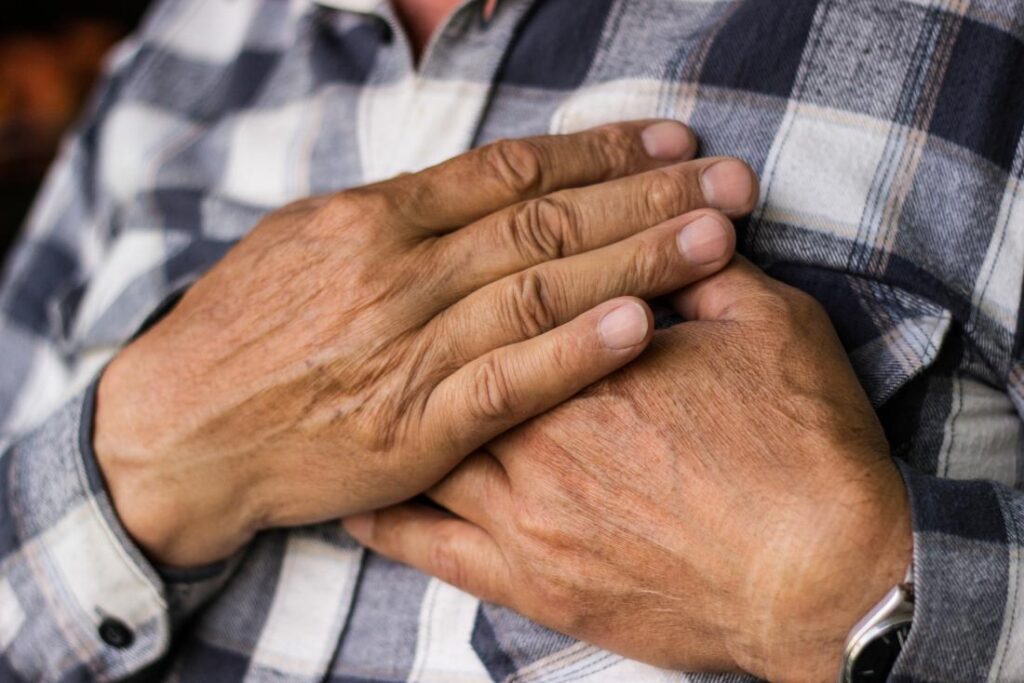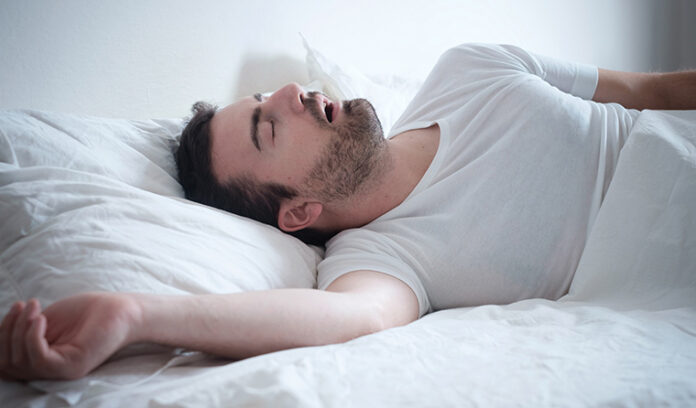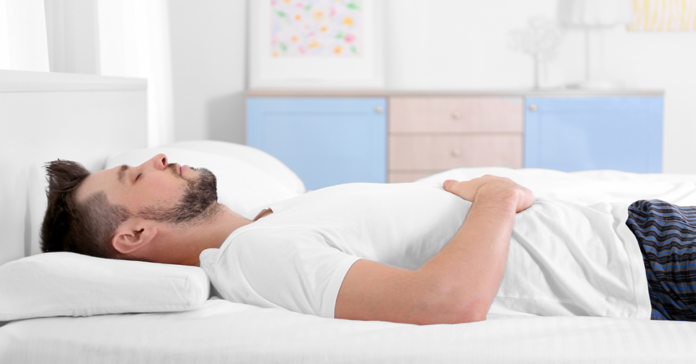Sleep apnea can be a severe medical problem for some people, and it can happen at any age. It’s essential to learn more about this condition so you know how to protect your health.
1. Two Types Of Sleep Apnea

OSA or obstructive sleep apnea happens the most often. It occurs when muscles contract and relax as you sleep, leading to a blockage of the airway as soft tissues collapse.
The patient tries to exhale but cannot.
CSA or central sleep apnea occurs because of instability in your brain’s breathing control center. The body tries to stop breathing when you sleep.
Either of these types is a serious issue, and you should seek medical attention immediately.
2. It Can Happen At Any Age
This condition can happen to anyone at any age. For example, CSA can occur in infants. It could be a developmental issue, or it could happen because of another medical problem. The most frequent type is pediatric obstructive sleep apnea due to large adenoids and tonsils that can obstruct the airway as they sleep.
3.It Is More Common As You Age
Until we learn how to stop the aging process, getting older will be part of our existence. Unfortunately, the risk for this condition grows as we get older. Also, women are most likely to have the condition after menopause.
Also, the severity of the health condition tends to get worse over time. The number of sleep cases usually increases until about the age of 65. It plateaus at that point, but it’s still possible to get it later.
4. It Can Damage Your Health

If you ignore or don’t treat the condition you can have severe or even fatal health problems. Some of the most common are heart disease, hypertension, diabetes, stroke, and depression.
5. Condition Is Related To Bruxism
Another sign that you may have this health condition is jaw and tooth pain. People who have these pains may have bruxism, which is grinding your teeth excessively.
About 25% of people with the condition grind their teeth, so it’s wise to check with your doctor to see if you have bruxism.
In addition to jaw problems, bruxism can cause serious dental problems over time. Some of them include thinned tooth enamel, chipped and broken teeth, and extreme tooth sensitivity. Ask your dentist about this issue when you have your next check-up.
6. Lifestyle Changes
The critical risk factor for developing this health issue is obesity. Getting close to your ideal body weight can significantly improve your breathing as you sleep.
Also, avoid smoking cigarettes and drinking alcoholic beverages completely.
For many people, this health problem happens most often when sleeping on their back. In that situation, getting sleep therapy to learn to sleep on your side can be beneficial.
7. It Often Isn’t Diagnosed

Studies show that about 24 million Americans have this condition, but it isn’t diagnosed. Too many people don’t realize that snoring is a warning sign for this health problem.
Another study found that women often underreport snoring and underestimate how loud it is.
Women also are more likely to report fatigue and insomnia symptoms.
8. Many Treatments Exist
There are many problems associated with this health problem, but it’s not all bad news. You can have several simple treatments so you can sleep better and stay safe from additional health problems.
First, sleeping on propped-up pillows encourages good breathing and deep sleep. Second, many people with this problem buy sleep apnea masks.
A CPAP mask maintains pressurized airflow to the mouth and nose so you can breathe regularly when you sleep. You may need to check with your doctor to find a mask that fits you properly so you can get a great night’s sleep.
More Critical Facts About This Condition To Know
Interested in learning more about sleep apnea? Please keep reading!
-
How Common Is It?

Obstructive sleep apnea or OSA affects up to 9% of US adults, but many people may have the condition without a diagnosis. The exact prevalence is unclear as clinical studies use various criteria to diagnose the issue. It can happen to people of all ages, but it happens more often in people older than 50.
It’s estimated that CSA affects about 1% of US adults over 40. It’s more common for men than women.
OSA happens more often than CSA, which is why when you hear people discuss this health condition, they usually mean OSA.
-
Common Symptoms
All forms of the disorder usually show most of these symptoms:
- Trouble breathing in that the person’s respiration may be labored or stop for as long as a minute per time.
- Excessively sleepy during the day
- Headaches, especially in the morning
- Irritability from lack of sleep
- Struggling to think clearly and/or limited attention span
Many of the above symptoms happen because of lower oxygen levels and poor sleep that occur because the person’s breathing is interrupted.
Some specific symptoms of OSA are:
- Snoring that is loud and features snorting, gasping, or choking that may wake the person up
- Dry mouth or morning sore throat
- Frequent need to urinate
Snoring regularly is a common OSA symptom, but this does not mean everyone who struggles with snoring has the disorder. In fact, those with CSA typically don’t snore.
Usually, someone with this condition doesn’t know they have breathing issues at night. That’s why they only learn they have the problem from their spouse or partner. Others may learn of it from other family members or a roommate.
Excessive sleepiness during waking hours is a common symptom for people with the disorder who live alone.
-
What Causes It?

OSA happens when the airway is disrupted when you sleep. Several factors are known to increase the chances of having the problem:
- Anatomy: The size and position of your jaw, tonsils, tongue, and other tissue in the throat can affect the airflow.
- Obesity: Being obese is a top cause of this condition and can be a factor in about 60% of sleep apnea cases. Being overweight narrows the airway; research shows that increasing your weight by 10% can increase your risk by six times.
- Use of alcohol and sedatives: Alcohol and various drugs can relax throat tissues and possibly obstruct the airway.
Armed with more knowledge about sleep apnea, you can avoid the problem or determine the next steps to resolve it if this condition affects your life.






